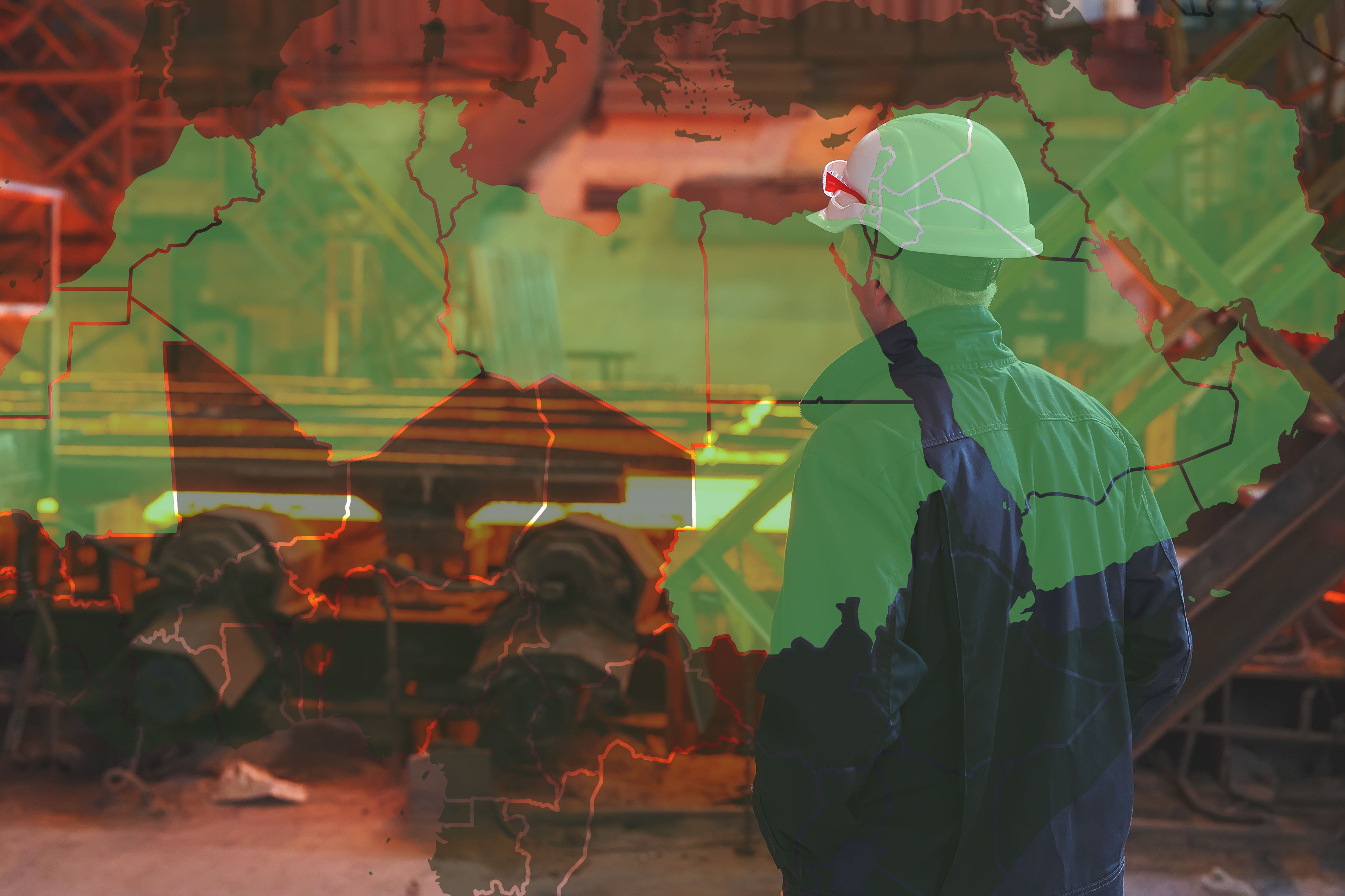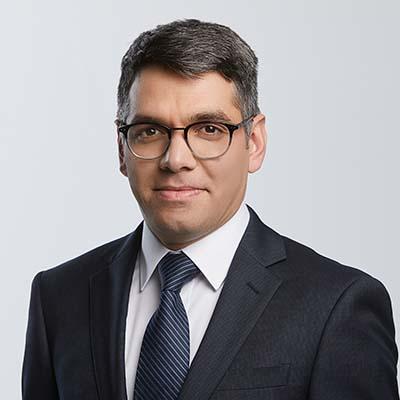MENA poised to become a leading green iron and steel hub

Green hydrogen – not carbon capture – must be embraced to produce truly green steel
Key Takeaways:
The Middle East and North Africa (MENA) region is well equipped to produce cheap green hydrogen due to its excellent solar resources, but exports look inefficient and expensive.
MENA should instead prioritise using green hydrogen domestically to become a global leader in the emerging green iron trade, where it already enjoys a significant advantage due to its established use of direct reduced iron (DRI) technology.
The COP28 climate conference is expected to see widespread advocacy for carbon capture and storage, but the technology’s poor record means it, and consequently blue hydrogen, is not an alternative to green hydrogen.
As the global steel sector decarbonises, the MENA region is well placed geographically to supply the key and emerging markets for green iron and steel. But global green iron competition is already growing.
[EMBARGOED TO 16 NOVEMBER 2023] (IEEFA Australia): If it plays its cards right, the Middle East and North Africa (MENA) region could become a world leader in truly green steel and the newly emerging green iron trade, according to a new report from the Institute for Energy Economics and Financial Analysis (IEEFA).
Using its plentiful solar energy resources to produce green hydrogen for direct reduced iron (DRI)-based steelmaking, the region is perfectly placed to supply the key steel growth market of India and green steel demand centres like Europe. However, MENA must act quickly and decisively to capitalise on the opportunity, amid growing competition from iron ore mining nations including Australia, Brazil and Canada.
Simon Nicholas, IEEFA’s lead steel analyst and co-author of the report, says: “Rather than trying to find a viable way to export green hydrogen, which looks inefficient and expensive to transport, the region should prioritise domestic use such as in its DRI plants. Steelmakers around the world are already transitioning from blast furnace-based production towards DRI technology that can run on green hydrogen. MENA has an advantage given its steel sector is already based on DRI, with established access to both direct reduction-grade (DR-grade) iron ore and the renewable energy resources that will allow it to produce cheap green hydrogen in the near future – or the green iron it can make from them.”
Some nations and companies are expected to push for an increased role for carbon capture utilisation and storage (CCUS) at the COP28 climate conference in November 2023. However, CCUS’s poor track record of underperformance strongly suggests it will not be a key solution for steel sector decarbonisation – and nor will ‘blue hydrogen’ (produced from fossil fuels with carbon capture). Green hydrogen will soon outcompete blue hydrogen on cost as well as emissions.
Iron production is expected to dislocate from steel production as the global steel sector decarbonises, according to Soroush Basirat, IEEFA’s steel analyst and report co-author. “More iron ore will be processed in places with excellent renewable energy resources that can produce cheap green hydrogen, with the resultant iron shipped to centres of steel demand. MENA can be a global leader in the emerging green iron trade, but it faces strong competition in Australia, Brazil and Canada,” he warned.
The MENA region’s access to high-grade iron ore is already set to increase. Vale, the world’s largest producer of DR-grade iron ore, is planning green iron “Mega Hubs” in the Middle East that will supply iron ore pellets to co-located DRI plants to produce hot briquetted iron (HBI) for local consumption and export.
Steelmakers in South Korea and Japan are already considering the import of HBI from places such as the Middle East and are planning projects that would initially use fossil gas before switching to green hydrogen as it gets cheaper. Mr Basirat says he expects stricter definitions of phrases like ‘green steel’, ‘near-zero emissions steel’ and ‘low carbon steel’, and that although MENA steel production has low carbon intensity compared to global standards, DRI produced using gas won’t meet the definition of ‘green steel’ for long. He says this will also apply to steelmakers employing CCUS or using blue hydrogen.
Europe’s meaningful carbon price is already seeing it taking a lead in steel sector transformation and green steel demand. A truly low-carbon local steel industry would give MENA a further advantage over other regions as Europe’s carbon border adjustment mechanism comes into force. The import of green HBI is likely to be crucial in Europe’s efforts to decarbonise its steel sector, and MENA is ideally placed geographically to supply it.
Carmakers are leading global green steel demand growth and Saudi Arabia’s ambitions to become a major car manufacturer means it can become a key offtaker of green steel made in the region.
MENA is also well positioned to supply India, the key steel demand growth market globally. Decarbonisation of India’s steel industry will occur later than Europe, but probably faster than expected given the historical speed of technology transitions.
MENA’s steel sector is already expanding, with numerous plans for new DRI-based plants in Saudi Arabia, Oman and the UAE that will initially run on gas before eventually transitioning to hydrogen. Although gas-based DRI is less carbon-intensive than coal-based blast furnaces, this expansion will still add to MENA nations’ domestic carbon emissions at a time when pressure to increase emissions reduction ambition is increasing.
A refocus from green hydrogen exports towards more domestic use can help the region achieve its domestic emissions reduction targets as well as positioning its steelmakers for the global iron and steel sector of the near future.
Read the report: MENA POISED TO LEAD THE WORLD ON GREEN IRON AND STEEL
Media contact: Amy Leiper [email protected] +614 (0) 414 643 446
Author contacts: Simon Nicholas [email protected], Soroush Basirat [email protected]
About IEEFA: The Institute for Energy Economics and Financial Analysis (IEEFA) examines issues related to energy markets, trends, and policies. The Institute’s mission is to accelerate the transition to a diverse, sustainable and profitable energy economy. (ieefa.org)












